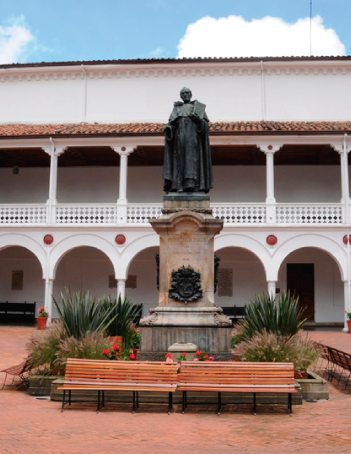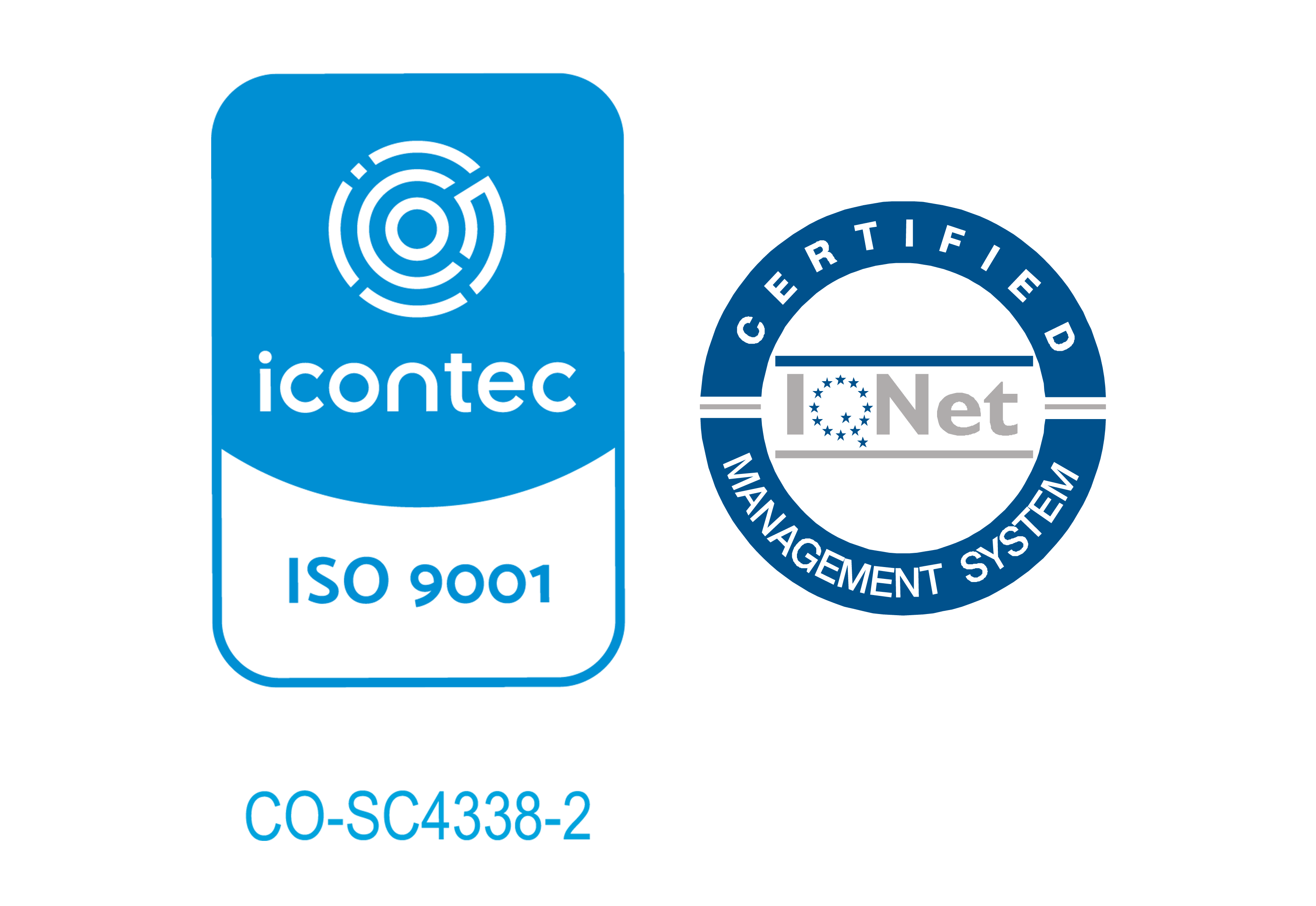aCh. 1 The Genetics Revolution in the Life Sciences -- 1.1. The Nature of Biological Information -- The molecular structure of DNA -- DNA is organized into genes and chromosomes -- 1.2. How Information Becomes Biological Form -- Transcription -- Translation -- How does life replicate itself? -- Change at the DNA level -- 1.3. Genetics and Evolution -- Natural selection -- Constructing evolutionary lineages -- 1.4. Genetics Has Provided a Powerful New Approach to Biological Research -- Forward genetics -- Reverse genetics -- Manipulating DNA -- Detecting specific sequences of DNA, RNA, and protein -- 1.5. Model Organisms Have Been Crucial in the Genetics Revolution -- 1.6. Genetics Changes Society -- 1.7. Genetics and the Future -- pt. I Transmission Genetics -- ch. 2 Single-Gene Inheritance -- 2.1. Single-Gene Inheritance Patterns -- Mendel's pioneering experiments -- Mendel's law of equal segregation -- 2.2. The Chromosomal Basis of Single-Gene Inheritance Patterns -- Single-gene inheritance in diploids -- Single-gene inheritance in haploids -- 2.3. The Molecular Basis of Mendelian Inheritance Patterns -- Structural differences between alleles at the molecular level -- Molecular aspects of gene transmission -- Alleles at the molecular level -- 2.4. Some Genes Discovered by Observing Segregation Ratios -- A gene active in the development of flower color -- A gene for wing development -- A gene for hyphal branching -- Forward genetics -- Predicting progeny proportions or parental genotypes by applying the principles of single-gene inheritance -- 2.5. Sex-Linked Single-Gene Inheritance Patterns -- Sex chromosomes -- Sex-linked patterns of inheritance -- X-linked inheritance -- 2.6. Human Pedigree Analysis -- Autosomal recessive disorders -- Autosomal dominant disorders -- Autosomal polymorphisms -- X-linked recessive disorders -- X-linked dominant disorders -- Y-linked inheritance -- Calculating risks in pedigree analysis -- ch. 3 Independent Assortment of Genes -- 3.1. Mendel's Law of Independent Assortment -- 3.2. Working with Independent Assortment -- Predicting progeny ratios -- Using the chi-square test on monohybrid and dihybrid ratios -- Synthesizing pure lines -- Hybrid vigor -- 3.3. The Chromosomal Basis of Independent Assortment -- Independent assortment in diploid organisms -- Independent assortment in haploid organisms -- Independent assortment of combinations of autosomal and X-linked genes -- Recombination -- 3.4. Polygenic Inheritance -- 3.5.Organelle Genes: Inheritance Independent of the Nucleus -- Patterns of inheritance in organelles -- Cytoplasmic segregation -- Cytoplasmic mutations in humans -- MtDNA in evolutionary studies -- ch. 4 Mapping Eukaryote Chromosomes by Recombination -- 4.1. Diagnostics of Linkage -- Using recombinant frequency to estimate linkage -- How crossovers produce recombinants for linked genes -- Linkage symbolism and terminology -- Evidence that crossing over is a breakage-and-rejoining process -- Evidence that crossing over takes place at the four-chromatid stage -- Multiple crossovers can include more than two chromatids -- 4.2. Mapping by Recombinant Frequency -- Map units -- Three-point testcross -- Deducing gene order by inspection -- Interference -- Using ratios as diagnostics -- 4.3. Mapping with Molecular Markers -- Single nucleotide polymorphisms -- Simple sequence length polymorphisms -- Detecting simple sequence length polymorphism -- Recombination analysis using molecular markers -- 4.4. Centromere Mapping with Linear Tetrads -- 4.5. Using the Chi-Square Test for Testing Linkage Analysis -- 4.6. Accounting for Unseen Multiple Crossovers -- A mapping function -- The Perkins formula -- 4.7. Using Recombination-Based Maps in Conjunction with Physical Maps -- 4.8. The Molecular Mechanism of Crossing Over -- ch. 5 The Genetics of Bacteria and Their Viruses -- 5.1. Working with Microorganisms -- 5.2. Bacterial Conjugation -- Discovery of conjugation -- Discovery of the fertility factor (F) -- Hfr strains -- Mapping of bacterial chromosomes -- F plasmids that carry genomic fragments -- R plasmids -- 5.3. Bacterial Transformation -- The nature of transformation -- Chromosome mapping using transformation -- 5.4. Bacteriophage Genetics -- Infection of bacteria by phages -- Mapping phage chromosomes by using phage crosses -- 5.5. Transduction -- Discovery of transduction -- Generalized transduction -- Specialized transduction -- Mechanism of specialized transduction -- 5.6. Physical Maps and Linkage Maps Compared -- ch. 6 Gene Interaction -- 6.1. Interactions Between the Alleles of a Single Gene: Variations on Dominance -- Complete dominance and recessiveness -- Incomplete dominance -- Codominance -- Recessive lethal alleles -- 6.2. Interaction of Genes in Pathways -- Biosynthetic pathways in Neurospora -- Gene interaction in other types of pathways -- 6.3. Inferring Gene Interactions -- Sorting mutants using the complementation test -- Analyzing double mutants of random mutations -- 6.4. Penetrance and Expressivity -- pt. II From DNA to Phenotype -- ch. 7 DNA: Structure and Replication -- 7.1. DNA: The Genetic Material -- Discovery of transformation -- Hershey -- Chase experiment -- 7.2. The DNA Structure -- DNA structure before Watson and Crick -- The double helix -- 7.3. Semiconservative Replication -- Meselson-Stahl experiment -- The replication fork -- DNA polymerases -- 7.4. Overview of DNA Replication -- 7.5. The Replisome: A Remarkable Replication Machine -- Unwinding the double helix -- Assembling the replisome: replication initiation -- 7.6. Replication in Eukaryotic Organisms -- The eukaryotic replisome -- Eukaryotic origins of replication -- DNA replication and the yeast cell cycle -- Replication origins in higher eukaryotes -- 7.7. Telomeres and Telomerase: Replication Termination -- ch. 8 RNA: Transcription and Processing -- 8.1. RNA -- Early experiments suggest an RNA intermediate -- Properties of RNA -- Classes of RNA -- 8.2. Transcription -- Overview: DNA as transcription template -- Stages of transcription -- 8.3. Transcription in Eukaryotes -- Transcription initiation in eukaryotes -- Elongation, termination, and pre-mRNA processing in eukaryotes -- 8.4. Intron Removal and Exon Splicing -- Small nuclear RNAs (snRNAs): The mechanism of exon splicing -- Self-splicing introns and the RNA world -- 8.5. Small Functional RNAs that Regulate and Protect the Eukaryotic Genome -- miRNAs are important regulators of gene expression -- siRNAs ensure genome stability -- Similar mechanisms generate siRNA and miRNA -- ch. 9 Proteins and Their Synthesis -- 9.1. Protein Structure -- 9.2. The Genetic Code -- Overlapping versus nonoverlapping codes -- Number of letters in the codon -- Use of suppressors to demonstrate a triplet code -- Degeneracy of the genetic code -- Cracking the code -- Stop codons -- 9.3.tRNA: The Adapter -- Codon translation by tRNA -- Degeneracy revisited -- 9.4. Ribosomes -- Ribosome features -- Translation initiation, elongation, and termination -- Nonsense suppressor mutations -- 9.5. The Proteome -- Alternative splicing generates protein isoforms -- Posttranslational events -- ch. 10 Gene Isolation and Manipulation -- 10.1. Overview: Isolating and Amplifying Specific DNA Fragments -- 10.2. Generating Recombinant DNA Molecules -- Genomic DNA can be cut up before cloning -- The polymerase chain reaction amplifies selected regions of DNA in vitro -- DNA copies of mRNA can be synthesized -- Attaching donor and vector DNA -- Amplification of donor DNA inside a bacterial cell -- Making genomic and cDNA libraries -- 10.3. Finding a Specific Clone of Interest -- Finding specific clones by using probes -- Finding specific clones by functional complementation -- Southern- and Northern-blot analysis of DNA -- 10.4. Determining the Base Sequence of a DNA Segment -- 10.5. Aligning Genetic and Physical Maps to Isolate Specific Genes -- Using positional cloning to identify a human-disease gene -- Using fine-mapping to identify genes -- 10.6. Genetic Engineering -- Genetic engineering in Saccharomyces cerevisiae -- Genetic engineering in plants -- Genetic engineering in animals -- ch. 11 Regulation of Gene Expression in Bacteria and Their Viruses -- 11.1. Gene Regulation -- The basics of prokaryotic transcriptional regulation: genetic switches -- A first look at the lac regulatory circuit -- 11.2. Discovery of the lac System: Negative Control -- Genes controlled together -- Genetic evidence for the operator and repressor -- Genetic evidence for allostery -- Genetic analysis of the lac promoter -- Molecular characterization of the Lac repressor and the lac operator -- Polar mutations -- 11.3. Catabolite Repression of the lac Operon: Positive Control -- The basics of lac catabolite repression: choosing the best sugar to metabolize -- The structure of DNA target sites -- A summary of the lac operon -- 11.4. Dual Positive and Negative Control: The Arabinose Operon -- 11.5. Metabolic Pathways and Additional Levels of Regulation: Attenuation -- 11.6. Bacteriophage Life Cycles: More Regulators, Complex Operons -- Molecular anatomy of the genetic switch -- Sequence-specific binding of regulatory proteins to DNA -- 11.7. Alternative Sigma Factors Regulate Large Sets of Genes -- ch. 12 Regulation of Gene Expression in Eukaryotes -- 12.1. Transcriptional Regulation in Eukaryotes: An Overview -- 12.2. Lessons from Yeast: The GAL System -- Gal4 regulates multiple genes through upstream activation sequences -- The Gal4 protein has separable DNA-binding and activation domains -- Gal4 activity is physiologically regulated -- Gal4 functions in most eukaryotes -- Activators recruit the transcriptional machinery -- The control of yeast mating type: combinatorial interactions -- 12.3. Dynamic Chromatin -- Chromatin-remodeling proteins and gene activation -- Histones and chromatin remodeling -- The inheritance of histone modifications and chromatin structure.
Texto en ingles

Escuela de administración
Facultad de Jurisprudencia
Facultad de Ciencias
Escuela de Ciencias
Escuela de Medicina
Facultad de Economía
Facultad de Estudios
Facultad de Creación
Escuela de Ingeniería,
Otras Ofertas
 Historia y símbolos
Historia y símbolos
 Enfoque estratégico
Enfoque estratégico
 Gobierno universitario
Gobierno universitario
 Playbok - Nuestros pilares de transformación
Playbok - Nuestros pilares de transformación
 Protocolo de seguridad
Protocolo de seguridad
 Archivo histórico
Archivo histórico
 Portafolio de becas, descuentos y apoyo financiero
Portafolio de becas, descuentos y apoyo financiero
 Casa UR
Casa UR






 Proyección social
Proyección social Filantropía
Filantropía Hagámoslo posible
Hagámoslo posible

 Libro de reserva
Libro de reserva
 Libro
Libro







